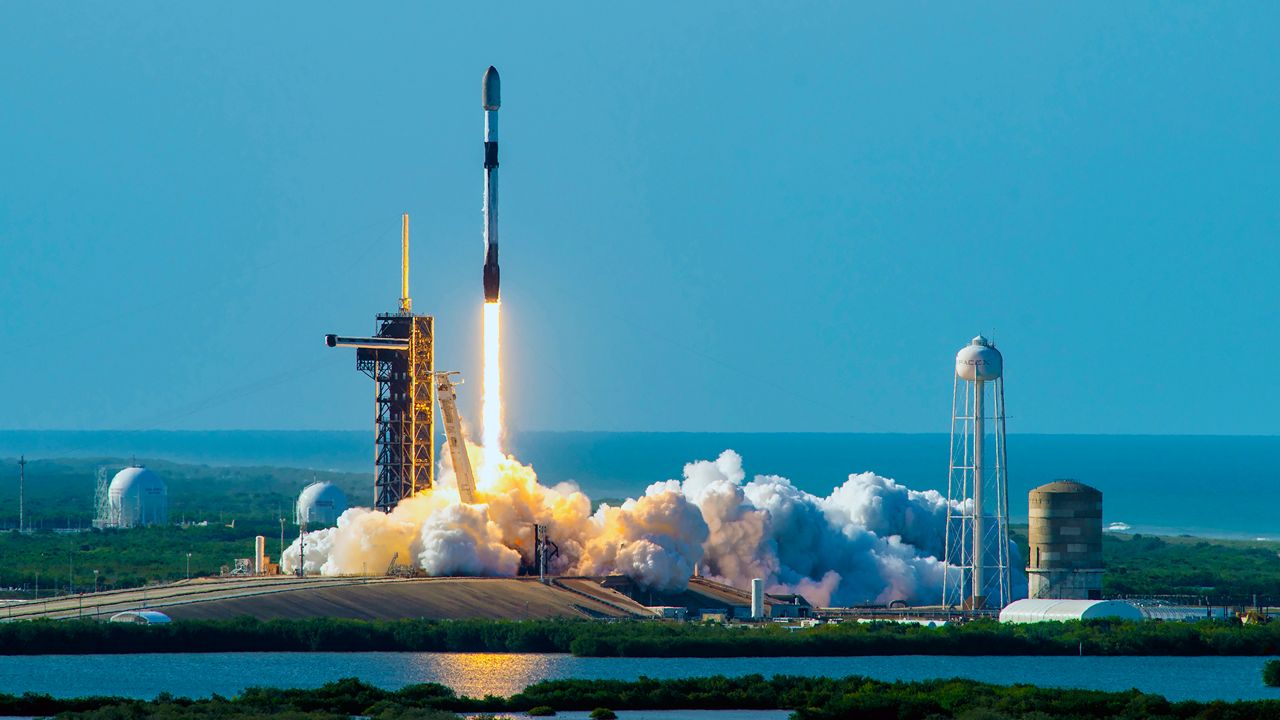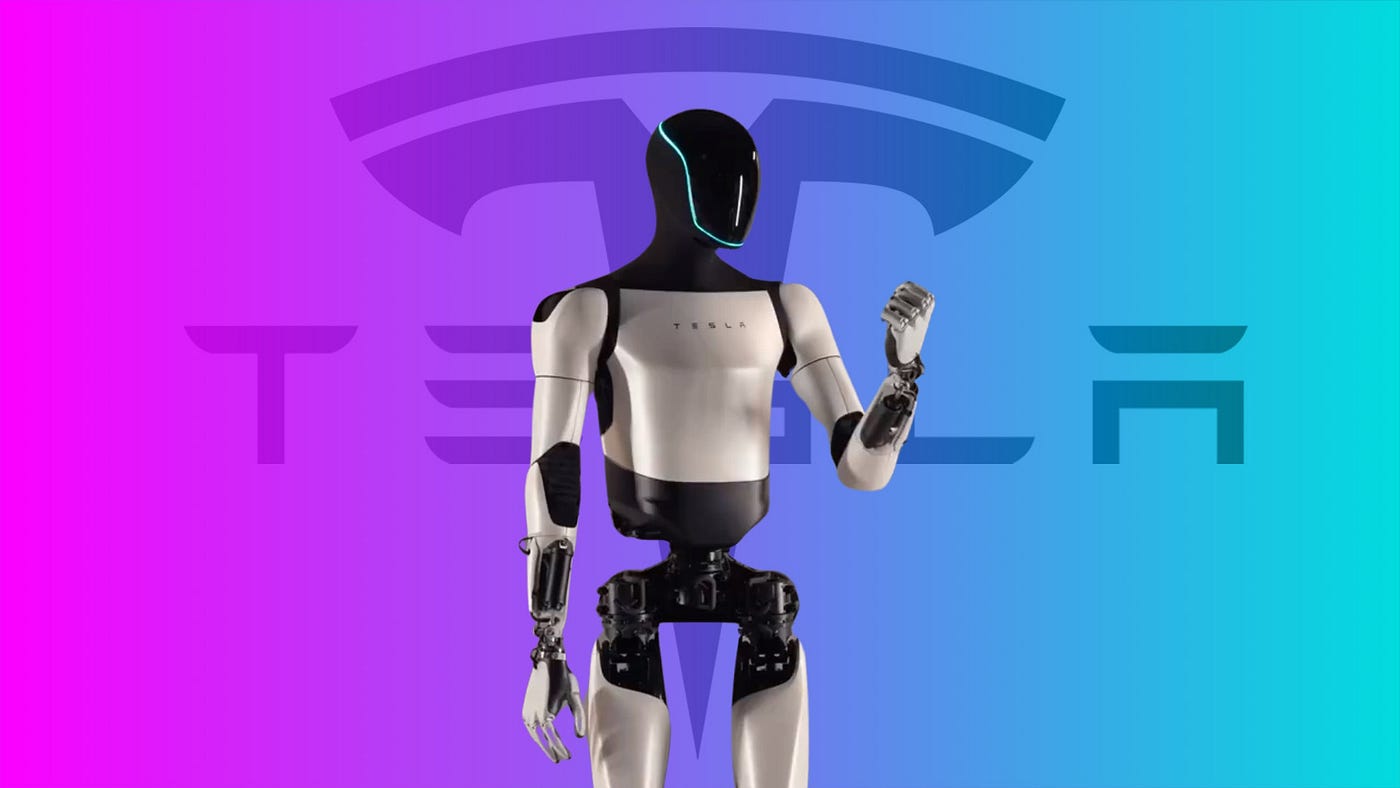In a recent high-stakes mission, SpaceX’s Falcon 9 rocket, a cornerstone of the company’s launch capabilities, encountered a significant setback. During a routine Starlink launch, the second stage engine of the Falcon 9 suffered a catastrophic in-flight failure, causing widespread concern and triggering intense scrutiny within the aerospace community. This incident not only highlights the inherent risks of space exploration but also underscores the importance of meticulous engineering and contingency planning.
Background on SpaceX and Falcon 9 Rocket
Photo courtesy WikimediaSince its founding by Elon Musk in 2002, SpaceX has tried to disrupt space travel, doing like no other company ever has before. They have made reusable rockets, which have increased savings per launch. For example, the Falcon 9 developed by SpaceX served as a reliable workhorse for various missions including satellite deployment and resupply of the International Space Station (ISS).
The first Falcon 9 flew in 2010, and, since then, they’ve become famous for inexpensive, successful launches. Each carries a reusable first stage, the portion that launches out from the Earth and then comes back home for a landing. Each time there’s a successful mission, there’s no need to make a new rocket from scratch. And each time the rocket comes back, it’s good to business for another flight. That element of reusability has allowed SpaceX to dominate the commercial launch market, with a price point reasonable enough and a launch schedule flexible enough to compel other companies to focus their resources elsewhere. The latest Starlink launch was but the latest success in that trend, a next-generation installation for a global constellation of satellites intended to naturally treat the entire world to high-bandwidth internet service.
Details of the Starlink Launch Incident
The newest mission had begun at a well-known US Space Force base at Vandenberg in California. SpaceX’s role was to send up more Starlink satellites, part of its rapidly growing constellation of spacecraft intended to beam the internet down to Earth. Things had gone smoothly. The first stage did its job, and then the second ignited. The engine stopped. The rocket exploded. The mission was over.
The failure came swiftly, with the data from the telemetry indicating huge anomalies in the parameters of the engine’s performance, which led to a cascade of events culminating in mission failure. This critical component of the second stage of the Falcon 9 is a single Merlin vacuum engine, built to run in the vacuum of space. What happened? Hold your breath: SpaceX’s engineering team are studying the problem.
Technical Analysis of the Second Stage Engine Failure
Initial evaluation of the findings in the second stage engine failure has implicated the hardware of the Merlin vacuum engine or the fuel system of this modified version of the Merlin 1D. The Merlin 1D, which first debuted in 2008 and has a record of 100 performance successes in a row on the Falcon 9 first stage, is a sea level pressure engine, used for firing in the atmosphere. The Merlin vacuum engine, on the other hand, is a specialized version of the Merlin 1D that is optimised for the vacuum of space, the rarefied environment where strength of the combustion chamber material matters. Failure in any of these circumstances can be disastrous. Analytics in an investigation often involve review of telemetry, fragments sampling and simulation of pre-failure conditions.
SpaceX engineers are diving into telemetry data, which documents every aspect of the Falcon’s actions leading up to the failure, looking for anomalies that could reveal what went wrong. They’re also carrying out visual inspections of recovered hardware to try to build up their understanding of the second stage’s fate. It could be that an overtaxed piece of hardware was to blame; a problem with the fuel system; or maybe even a software bug. The findings will help SpaceX determine how to mitigate the problem, so that the next launch is not affected.
Impact on SpaceX’s Starlink Program
The failure of this most recent launch is a major setback to this essential component in the company’s plans to position itself as an alternative global internet service provider. Each launch contributes to the construction and maintenance of the satellite constellation, and delays affect the company’s product rollout. With this loss, another delay in growing the constellation will inevitably follow.
But this did not deter SpaceX from Starlink: its launch plan remains fully booked well into the future, and the company has backup plans in place in case of such a failure. That SpaceX’s operating model proved sufficiently resilient and adaptive to recover from the incident so rapidly gives a glimpse into what to expect from the program from now on. Once at full capacity, the Starlink constellation would transform the global telecommunications landscape by enabling high-speed internet access even in some of the most remote parts of Earth.
Implications for SpaceX Jobs and Careers
And because engineering around flight is high-adrenaline and fast moving, such incidents are frequent. To those of us who work at SpaceX, the fast-paced, high-stakes environment presents a workplace where we are constantly stimulated and challenged. It’s also a place of extraordinary opportunity, where our own careers can soar. SpaceX’s rapid growth and big ambitions make it a place of nearly unlimited job opportunities for engineers, technicians and flight operators; manufacturing.
Because working at SpaceX, despite the challenges, is an amazing experience that’s unlike any other. I know, because I’ve worked there. The people who work at SpaceX are constantly at the bleeding edge of modern technology, working on some of the most advanced missions in the world. Even as tragic an event as this July’s explosion is the higher ground upon which SpaceX engineers and other professionals are finding the means to rise. Overcoming setbacks is a core element of ‘the SpaceX way’, what helps to make the company the world’s leading aerospace firm.
Future of SpaceX Launches and Safety Measures
All the same, after the second stage engine failure on this flight, SpaceX will be certain to improve its safety standards, and its engineering standards will become even more rigorous. This is true with virtually every failure: what we learn from each of them helps make the next one better. The next satellite or probe we send to Mars will benefit from every lesson that was learned during this failure.
While disappointing, this doesn’t signal a failure of engineering. SpaceX’s Falcon 9 rocket is one of the bright stars of engineering ingenuity and achievement. Its design and performance are unprecedented and the industry is setting bigger and better goals on the horizon thanks to the hard lessons ferreted out by this failure. SpaceX and every other space company is bound to have future setbacks and failures, but they’re all learning from this one. Together, they’re going to keep pushing humans beyond the atmosphere to the benefit of us all.
Conclusion
The catastrophic in-flight failure of the Falcon 9’s second stage engine during a Starlink launch is a stark reminder of the complexities and risks associated with space exploration. While this incident presents immediate challenges, it also provides valuable lessons that will drive future advancements. SpaceX’s dedication to pushing the boundaries of aerospace technology and its commitment to continuous improvement ensure that the company will emerge stronger and more resilient. The Starlink program, with its potential to revolutionize global internet connectivity, remains a cornerstone of SpaceX’s vision, promising a future where high speed internet is accessible to all, no matter where they are on the planet.




